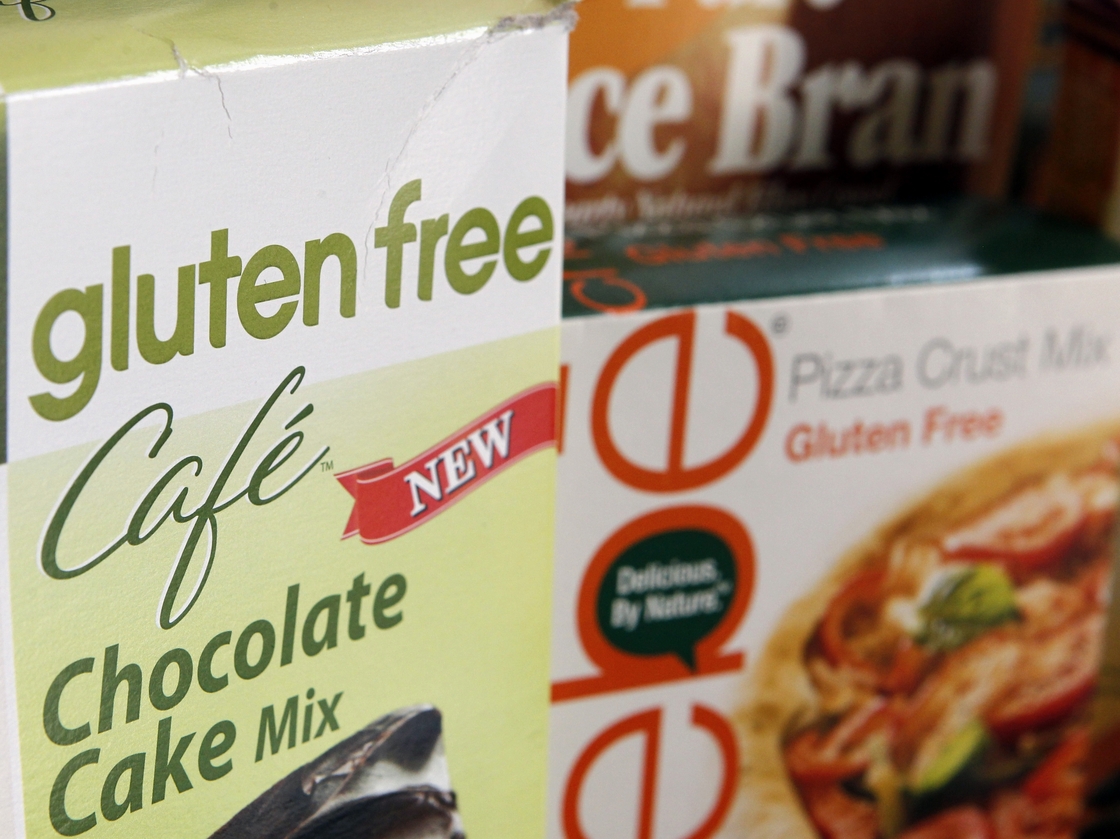
Post by Dan Charles and Eliza Barclay, The Salt at NPR Food (8/2/13)
The Food and Drug Administration issued Friday the first legally binding rules for what food companies can legally label "gluten-free."
The rules should help millions of Americans who can't tolerate gluten in their diet.
Gluten is a protein in wheat, barley and rye. Bakers appreciate its gluey texture for making bread. But when people with celiac disease eat it, it causes their immune systems to attack their small intestines.
About 3 million people in the U.S. have celiac disease. But they're not the only ones seeking gluten-free food, which has rapidly grown into $4.2 billion market.